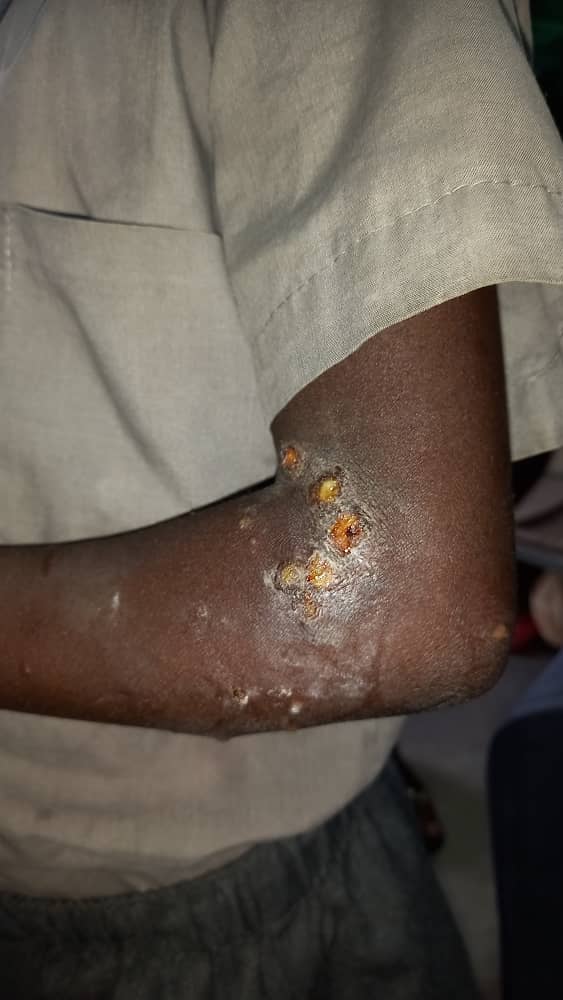Namibia’s depressed economy, high unemployment rate, poverty and propensity for outbreaks of diseases are some of the challenges citizens and officials face daily.
Over the years, the country has recorded quite a significant number of diseases that have challenged the health care system.
In November 2013, Namibia was affected by the cholera outbreak, which affected the northern regions of Kunene, Omusati, Oshana and Ohangwena.
Since the disease has been contained, the country has not reported any cases since 2018.
Cholera is an infectious disease that causes severe watery diarrhoea, which can lead to dehydration and even death if untreated.
It is caused by eating food or drinking water contaminated with a bacterium, called Vibrio cholerae.
In Namibia, the main cause was attributed to drought, leading to people in certain parts of the country consuming unclean
water.
Another outbreak that found itself on these shores is Hepatitis E.
The Centres for Diseases Control and Prevention in Namibia has played an equally pivotal role in directly supporting a range of outbreak investigations, including Crimean-Congo hemorrhagic fever, rabies among livestock with human exposures, anthrax in animals, cholera, listeriosis, Hepatitis E and H1N1 influenza.
Among others, the line ministry in 1999 also reported plague cases in Ohangwena, with the first suspected case reported on 6 April, and 39 cases have occurred up to 5 May, six of which have been laboratory confirmed. Eight patients have died of the suspected plague.
“The north-west regional directorate team, which has had experience in dealing with plague, took control of the activities, including training courses for health workers, community mobilisation for preventive measures, additional nurses placed at local hospitals and a dusting of homesteads,” states the World Health Organisation in its report.
Shangula in April 2022 said 3 454 cases of scabies were reported countrywide from January to March 2022.
The cases were Kunene (1 418), Ohangwena (708), Otjozondjupa (402), Kavango West (375), Kavango East (204), Omusati (130), Oshana (104), Omaheke (46), Hardap (20), Oshikoto (20), Erongo (17) and //Kharas with 10 cases.
Scabies is transmitted from one person to the other through close skin contact.
Symptoms in people without a previous exposure usually develop in four to six weeks but have been shown to develop as early as one week and as late as one year.
Intense itching is the primary symptom, and it is often intensified at night.
Other symptoms include red rash popular eruptions, pus-filled lesions and growth of abnormal skin tissue.
Shangula said the treatment of scabies involves the elimination of the infestation by medication, using several creams or lotions – and all cases and symptomatic contacts must be treated with scabicide.
The minister advised the public that all infested individuals must be isolated from common areas, such as schools or workplaces.
He further said clothing and beddings should be disinfected.
If untreated, these microscopic mites can live on your skin for months.
They reproduce on the surface of your skin, and then burrow into it and lay eggs.
to be 2.6 million by 1 July 2020, The Borgen Project says most of Namibia’s inhabitants are rural dwellers, which means they have limited access to clean drinking water and sanitation.
This puts the population at high risk for major infectious diseases.
The Borgen Project is a nonprofit organisation that is addressing poverty and hunger.
– psiririka@nepc.com.na


